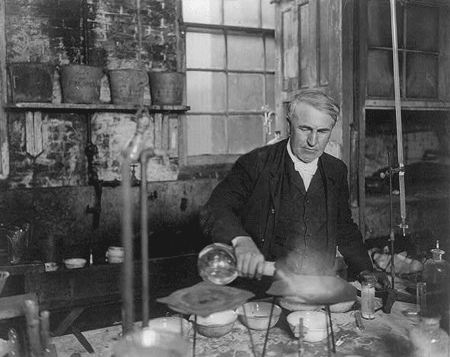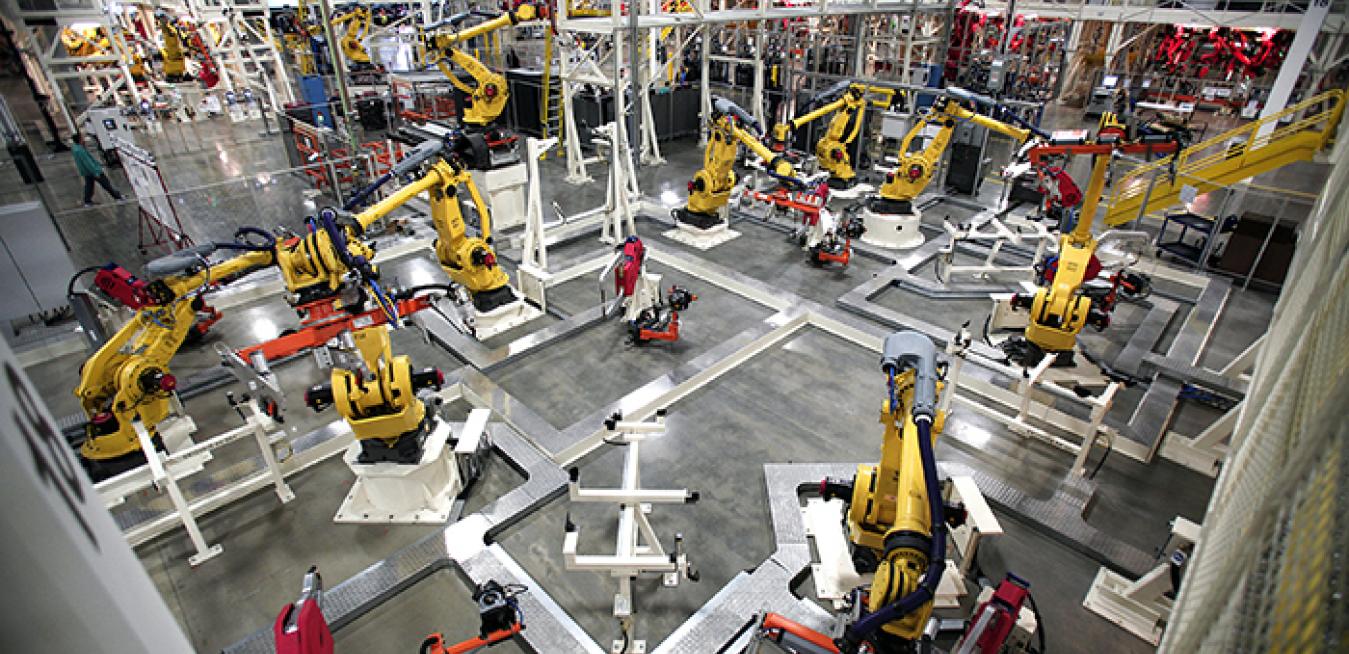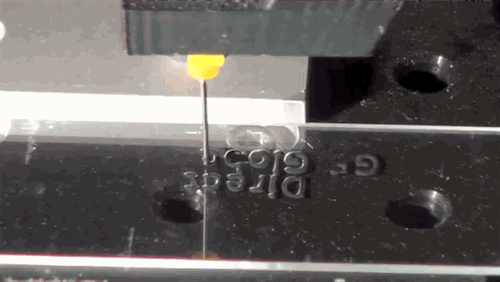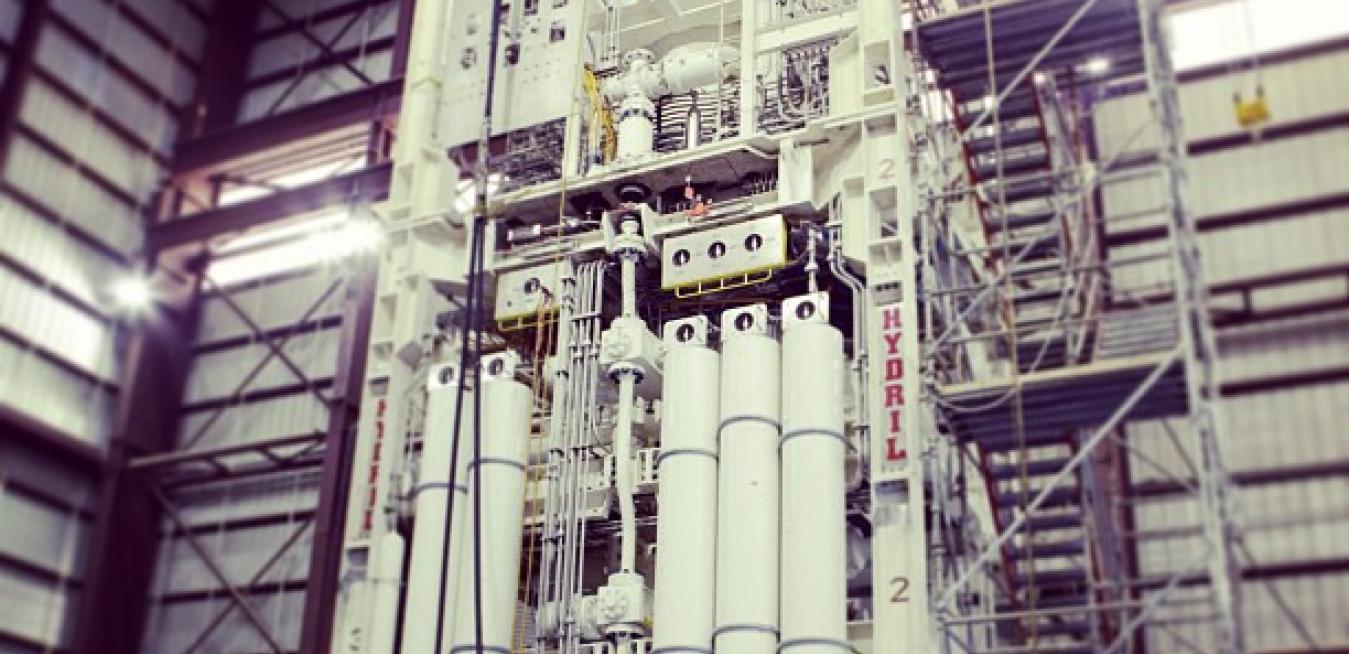If you feel that the world has become a buzzing beehive of connectivity, wait a few years. A recent report from CISCO estimates that only a small fraction of the devices that could be talking to each other - 10 billion out of 1.5 trillion, or just 0.6 percent - are actually connected. CISCO estimates that the number will jump to 50 billion by 2020, potentially transforming the way we live and the global economy.
GE said today it would acquire the cyber security company Wurldtech to expand its digital arsenal for protecting critical infrastructure and operations technology.
GE has started connecting jet engines, power plants, locomotives and other technology to the Industrial Internet, an emerging digital network that links machines, data and software with people.
Blowout preventers, or BOPs, are incredibly complex machines that sit deep on the sea floor and serve as the last line of defense if something in the oil well goes wrong.
These 250,000-pound, 60-foot steel behemoths have to be regularly pulled up, inspected and serviced. As a rule of thumb, workers often replace as many as 20 percent of their parts to keep them safe, effectively rebuilding the entire machine every five years. “That’s one way to do it,” says Bob Judge, director of product management at GE Oil & Gas.
Stuart Kilduff was attending an emergency services conference in Wellington, New Zealand, when he got a call that Christchurch, his hometown some 270 miles (440 kilometers) away, had been hit by a massive earthquake. “The place was full of emergency services people, civil defense, army, you name it,” he says as he recalls that early afternoon on February 22, 2011. “They all went running for the door.”
It could happen anywhere. An airline is about to send a jet to the gate, when a mechanic detects a possible crack in the fuselage during a routine check.














